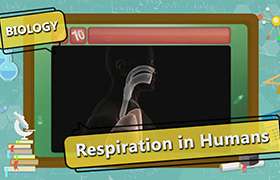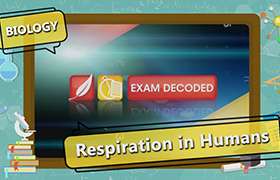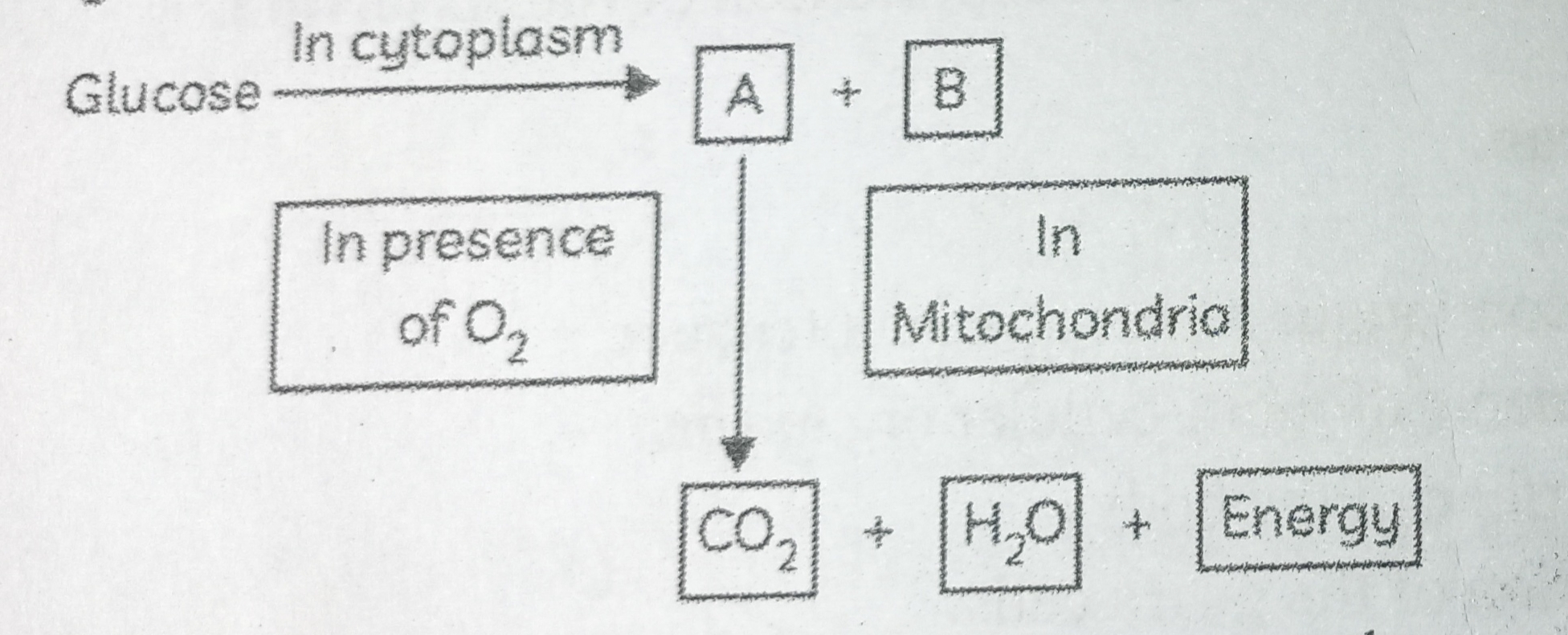CBSE Class 10 Answered
26. Atmospheric air is taken inside the body through the nistrils. The air is filtered by minute hair that line the nasal passage. The mucus lining of the passage also helps in this process.
27. Trachea is a tube that connects the pharynx and larynx to the lungs. It allows the passage of air. The walls of the trachea are strengthened by several C-shaped rings of cartilage. The cartilage rings provide flexibility. They keep the trachea open, thus facilitating continuous airflow. In the absence of cartilage rings, the trachea would collapse under the partial vacuum formed while inhaling.
28. Breathing consists of two phases called inhalation and exhalation.
Inhalation: During inhalation, the muscles between the ribs contract and pull the ribs upward. This results in an automatic forward movement of the chest wall, thereby increasing the volume of the chest cavity. There is a simultaneous contraction of the diaphragm which further increases the volume of the chest cavity. This decreases the pressure within the chest cavity. At the same time, atmospheric air rushes into the lungs through the respiratory passage.
Exhalation: Relaxation of muscles between the ribs and the muscles of the diaphragm brings about exhalation. This brings the diaphragm back to its original position, thereby decreasing the volume of the thoracic cavity and increasing the pressure on the lungs. This, along with the elastic recoiling of the lung tissues, squeezes the air out of the lungs.
29. Exchange of gases in human beings takes place between the alveoli of lungs and the surrounding blood capillaries. The two main gases exchanged are oxygen and carbon dioxide.
Oxygen is absorbed by the blood capillaries from the lungs alveoli by diffusion while carbon dioxide is absorbed by the lungs alveoli from blood capillaries by diffusion.
Transport of oxygen and carbon-dioxide occurs with the help of respiratory pigment called haemoglobin.
Haemoglobin, the iron containing respiratory pigment is a red coloured pigment of blood, which has a very high affinity for oxygen.
Oxygen is transported from lungs to the body cells in the form of oxyhaemoglobin.
Carbon dioxide is transported from the body cell to the lungs in the forms of carboxyhaemoglobin, carbonic acid, bicarbonates of sodium and potassium.






